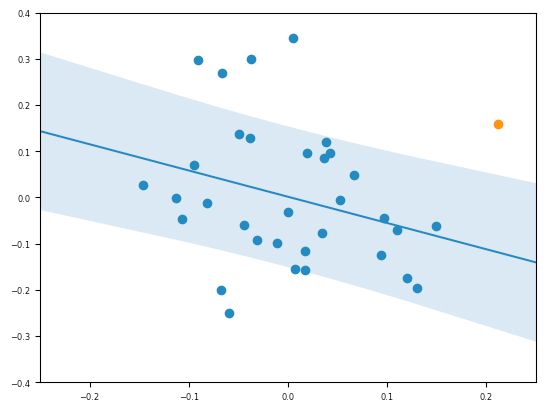



- Record SSTs (lnkd.in/d-sdWK-Y)
- Past AMOC (lnkd.in/dUbQgZ3A) (also the topic of my award lecture).

- Record SSTs (lnkd.in/d-sdWK-Y)
- Past AMOC (lnkd.in/dUbQgZ3A) (also the topic of my award lecture).

I am very grateful for this recognition about my work on the ocean carbon cycle, ocean biogeochemistry, earth system modeling, ocean-climate interactions, climate projections, and physical oceanography.

I am very grateful for this recognition about my work on the ocean carbon cycle, ocean biogeochemistry, earth system modeling, ocean-climate interactions, climate projections, and physical oceanography.






- The recent decline in the carbon sink is likely not mainly driven by natural variability, such as El-Niña or others, but by the atm. growth rate.
- The ocean carbon sink will likely not substantially increase unless the growth rate of atmospheric CO2 increases again.

- The recent decline in the carbon sink is likely not mainly driven by natural variability, such as El-Niña or others, but by the atm. growth rate.
- The ocean carbon sink will likely not substantially increase unless the growth rate of atmospheric CO2 increases again.




There is not really a warming hole. There is strong warming in the Labrador sea and on the east coast of the USA and Canada. The region east of the UK seems to warm less.

There is not really a warming hole. There is strong warming in the Labrador sea and on the east coast of the USA and Canada. The region east of the UK seems to warm less.


Our reconstructions suggest that the AMOC has not declined yet!!!

Our reconstructions suggest that the AMOC has not declined yet!!!
On annual timescales, other short-term processes strongly weaken the relationship.

On annual timescales, other short-term processes strongly weaken the relationship.

In our study, we show that the anomalies in the AMOC and the SST in the subpolar gyre are not well correlated across CMIP6 models, suggesting that SSTs are not a reliable AMOC proxy.

In our study, we show that the anomalies in the AMOC and the SST in the subpolar gyre are not well correlated across CMIP6 models, suggesting that SSTs are not a reliable AMOC proxy.


